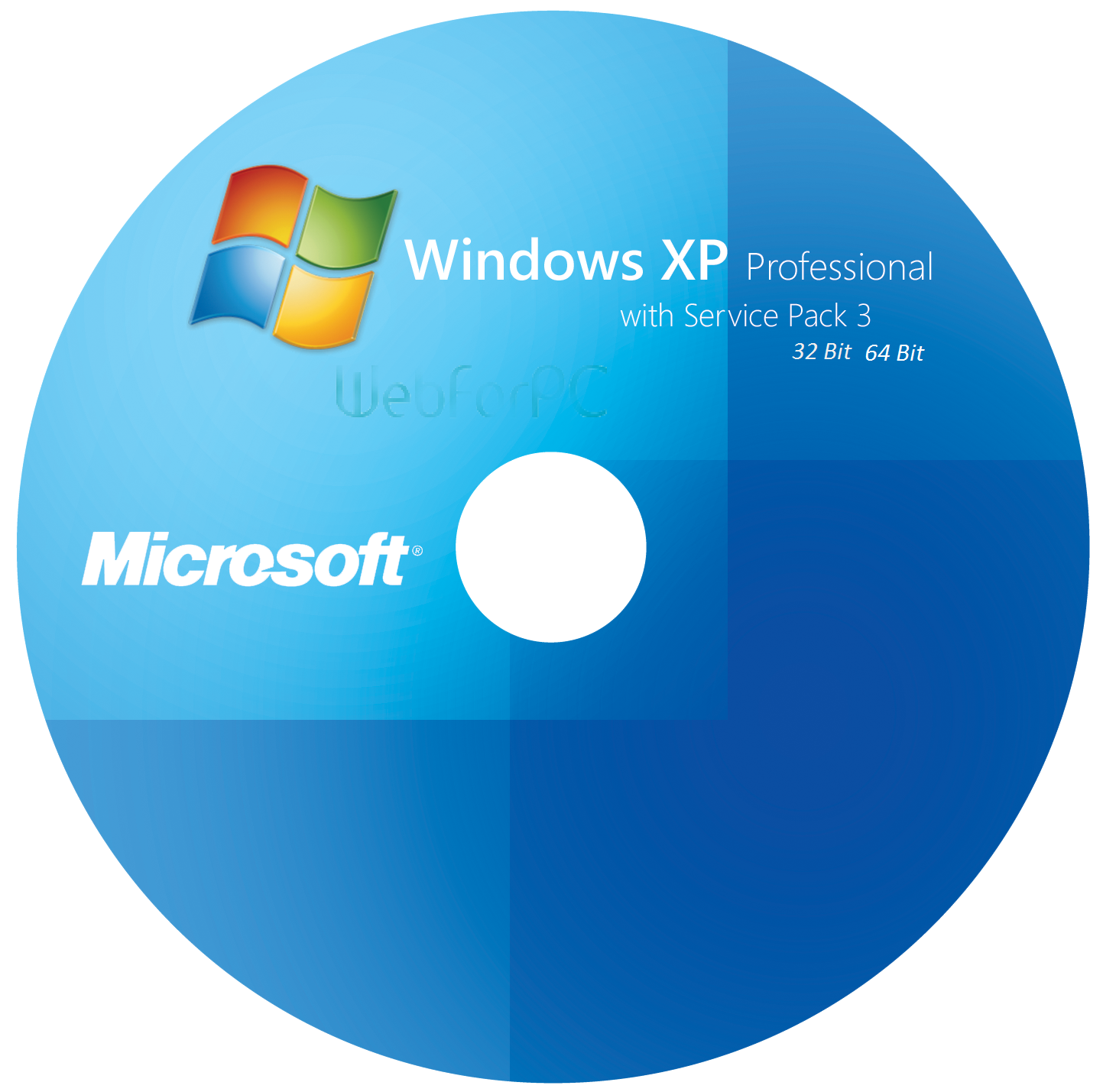
Also available as a redistributable for Microsoft Windows NT 4.0, Windows 98, and Windows 95. Requires Windows Server 2003, Windows XP, Windows 2000, or Windows Millennium Edition (Windows Me). This document provides a complete reference of all parts of the Synchronization Manager including the methods and interfaces to the Synchronization Manager. This document is intended for software developers who develop applications for mobile computing and high latency local area networks. Applications that run on computers connected to high latency local area networks may also benefit from using the Synchronization Manager. The Synchronization Manager is intended for applications that run primarily on mobile computers. Developers can use the common interface to the Synchronization Manager in their applications to synchronize files between the user's local computer and network storage. For example, an email program can transfer its messages using SMTP, NMTP, or POP3, while a browser can use HTTP, and a database can use remote procedure call (RPC) (RPC).

Files are synchronized independent of the protocol. Instead of each application implementing its own technology to cache and synchronize network resources for local use, the operating system provides an integrated model that all applications can use.

Together with the connectivity functions, notifications (System Event Notification Service), and client side caching, the Synchronization Manager provides an infrastructure to support mobile computing. The Synchronization Manager provides a centralized, standard technology for synchronizing files for offline use on a mobile computer or a computer connected to a local area network.


 0 kommentar(er)
0 kommentar(er)
